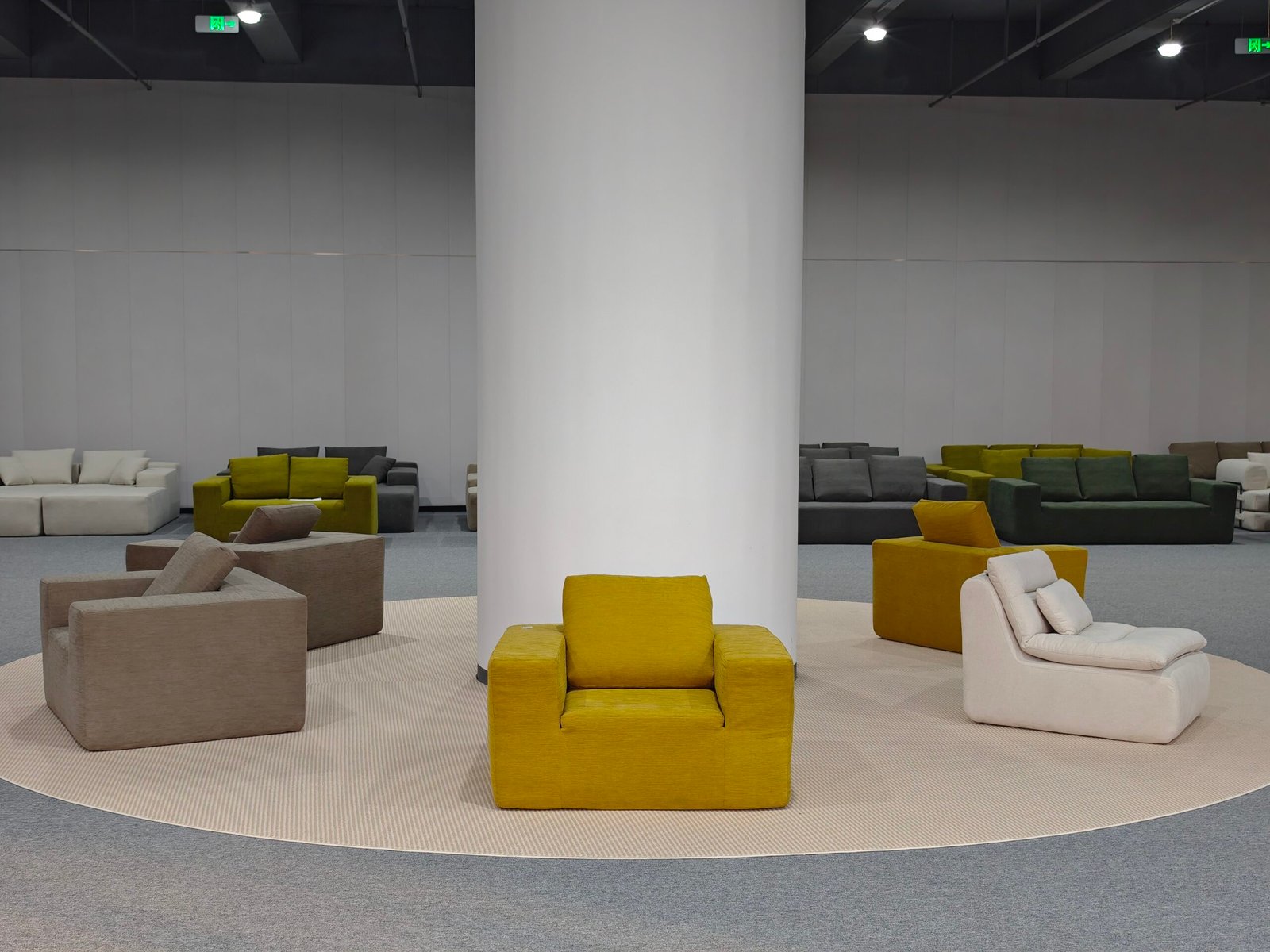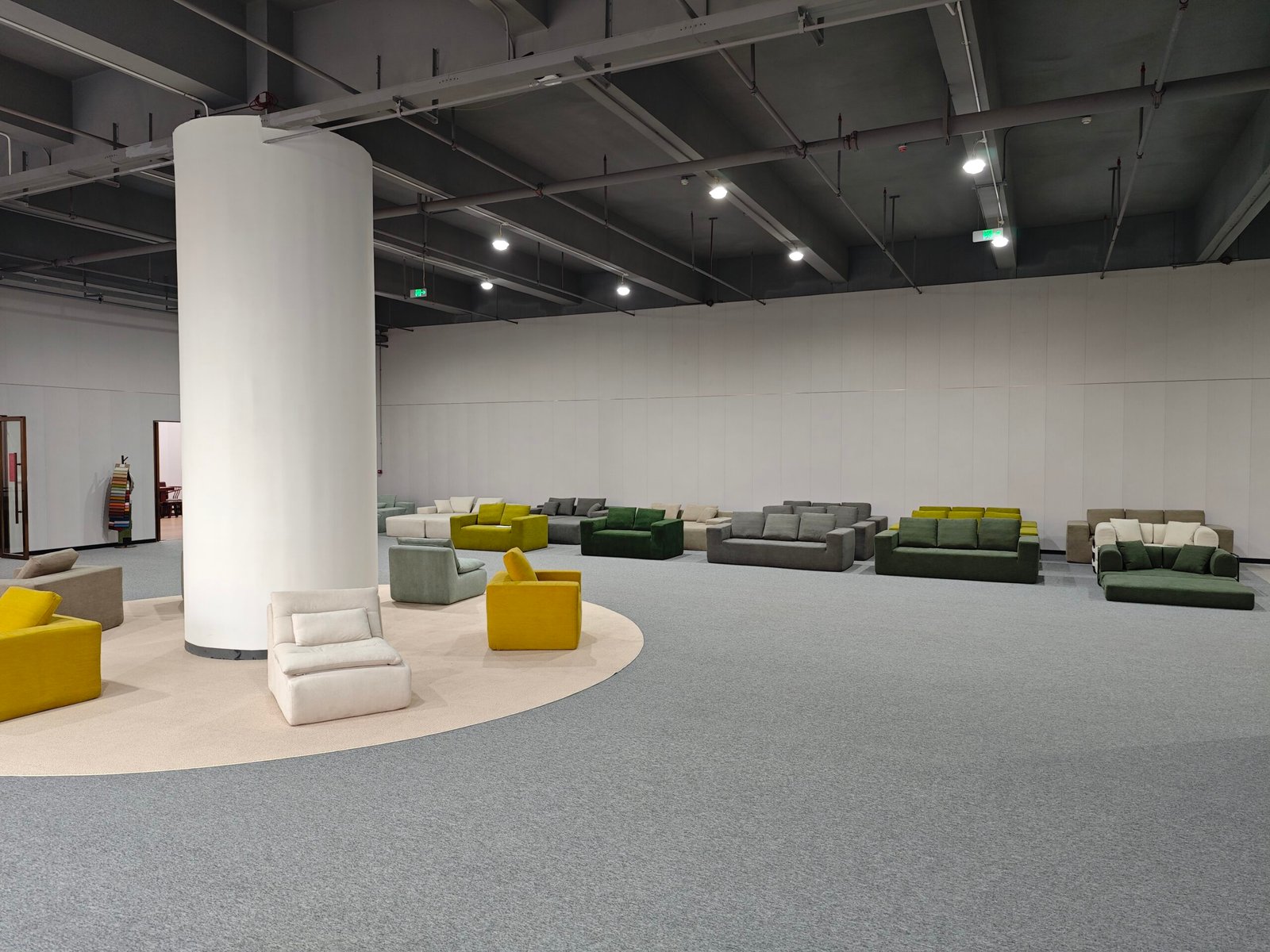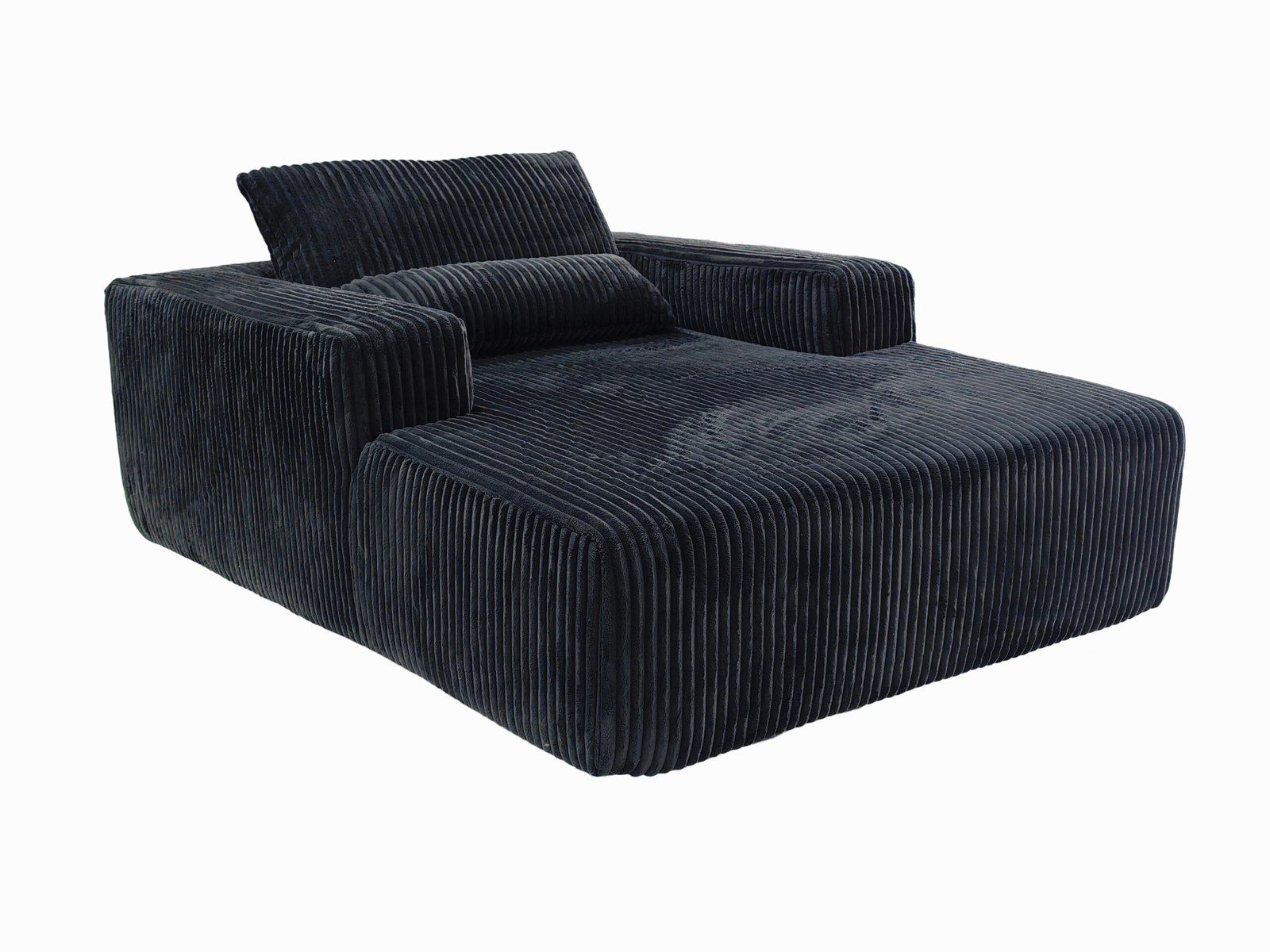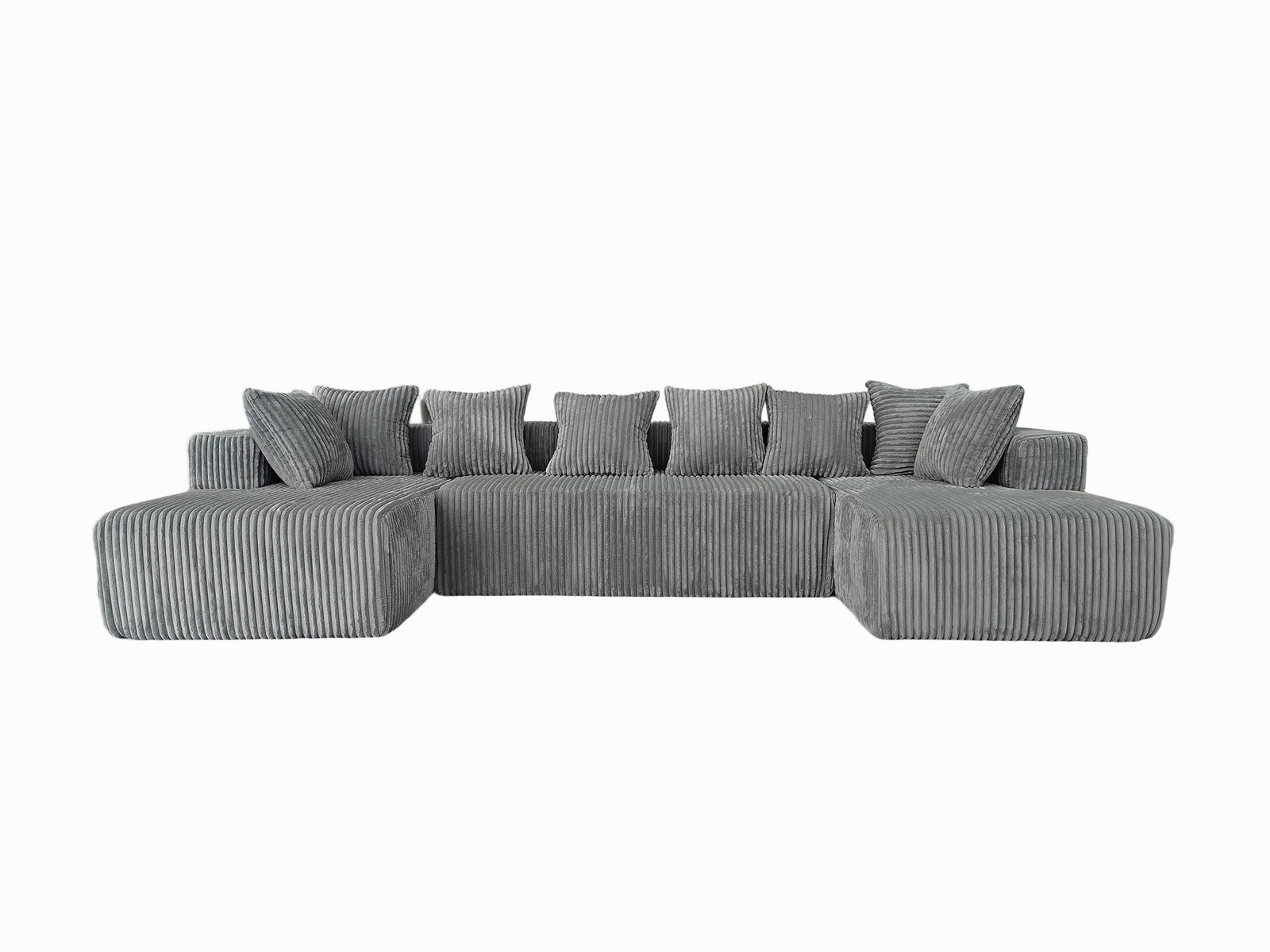
Choosing a sofa is hard enough—but what’s actually inside your sofa matters even more than how it looks.
Compression sofas usually use high-density foam, memory foam, or pocket springs as filling materials. Each offers a different level of comfort, durability, and support.
Let’s dig into what these materials are, how they affect your sitting and sleeping experience, and which type of filling suits your needs best.
Why Does the Filling Material Matter?

Ever sat on a sofa that sagged after a few months? That’s not bad luck—it’s bad filling.
Filling materials determine the comfort, lifespan, and support performance of your compression sofa. The wrong one wears out fast. The right one supports you for years.
In compressed sofas—especially the roll-pack or flat-pack types—the internal materials need to be both compressible for packaging and resilient for long-term use. This makes the choice of material even more critical than in traditional sofas.
Here’s what makes a great compression sofa filler:
- Compresses without permanent damage
- Regains original shape after unpacking
- Offers consistent support across the entire seat
- Withstands weight without sagging or denting
Let me explain how each material performs in these areas.
What Is High-Density Foam?

High-density foam is the most commonly used filling in compression sofas. But why is it so popular?
High-density foam provides firm support, keeps its shape, and handles daily use without collapsing. It’s affordable and strong—perfect for compressed packaging and long-term comfort.
Key Features of High-Density Foam
- Density: Usually 30–45kg/m³, which resists sagging
- Support: Ideal for back support and seat firmness
- Durability: Lasts 5–8 years with regular use
- Compression Resistance: Bounces back well after roll-pack
| Attribute | Performance |
|---|---|
| Comfort Level | Medium-Firm |
| Longevity | High |
| Cost | Affordable |
| Best For | Daily use, long sitting |
Some customers worry foam will feel “too stiff,” but this isn’t the case with properly engineered cushion layers. We often layer softer foam on top for plushness.
Is Memory Foam Used in Compression Sofas?

Want your sofa to hug your body shape like a mattress? That’s memory foam at work.
Yes—some premium compression sofas use memory foam to add pressure-relief and body-conforming comfort. It molds to your shape and returns to normal when you get up.
Why Memory Foam?
- Pressure Relief: Great for people with back or hip pain
- Body Contouring: Feels “customized” to your shape
- Sleep Use: Excellent for sofa beds or dual-purpose furniture
- Layered Use: Often used as a comfort layer over firmer foam
| Attribute | Performance |
|---|---|
| Comfort Level | Soft-Medium |
| Longevity | Medium-High |
| Cost | Mid to High |
| Best For | Lounging, sofa beds |
At HSM, we combine memory foam with high-resilience support foam in our sleep-oriented compressed sofas. This gives the “melt into it” feeling without sacrificing support.
What Are Pocket Springs?

Some sofas feel bouncy and breathable. That’s probably because they’re using springs inside.
Pocket springs are individual coils wrapped in fabric pockets, offering bounce, airflow, and long-lasting support. In compression sofas, they’re flattened during packing and expand again on opening.
Pros of Pocket Spring Cushions
- Support Zones: Distribute weight more evenly
- Longevity: Keep shape longer than foam-only cushions
- Cooling: More airflow than dense foam
- Bounce: A spring-back feel some people prefer
| Attribute | Performance |
|---|---|
| Comfort Level | Medium-Firm |
| Longevity | Very High |
| Cost | Mid-High |
| Best For | All-day use, families |
We use a roll-pack process that flattens the springs, but once opened, they regain shape immediately. For people who sit for long periods—or use the sofa as a daily bed—this is often the best option.
Are Polyester Fiberfill and Feather Used?

Some sofas feel plush, soft, and relaxed—but don’t hold their shape. These usually use fill like polyester or feathers.
Yes, some compressed sofas use fiberfill or feather blends for back cushions or decorative parts. But they’re rarely used alone in the seat.
Fill Use by Position
| Sofa Section | Common Fill Type |
|---|---|
| Seat Base | Foam or Pocket Spring |
| Seat Top Layer | Memory Foam or Soft Foam |
| Back Cushions | Polyester or Feather Mix |
| Arm Cushions | Polyester or PU Mix |
Feather and polyester blends give that "sink-in" feel. But they need constant fluffing and aren’t as durable. That’s why we combine them with firmer support layers underneath.
I once had a customer return a sofa that used only fiberfill in the seat—it looked cozy, but flattened after a month. That’s why we now always mix materials for best results.
What’s the Best Filling for You?

So, which one should you pick?
It depends on how you use your sofa, your comfort preference, and your budget. Here's a quick breakdown:
| Use Case | Best Filling Type |
|---|---|
| Daily TV lounging | Memory Foam + Support Foam |
| Guest Room | High-Density Foam |
| Families/Kids | Pocket Spring Cushions |
| Formal Seating | High-Density Foam |
| Long-Term Sleep | Pocket Spring + Memory Foam |
Personally, I use a compression sofa with pocket springs and a memory foam topper at home—it’s the perfect combo for both daytime sitting and overnight guests.
Conclusion
The filling material inside your compression sofa affects how it feels, how long it lasts, and how much you’ll love it. Choose wisely—and you’ll enjoy both form and function in one smart seat.